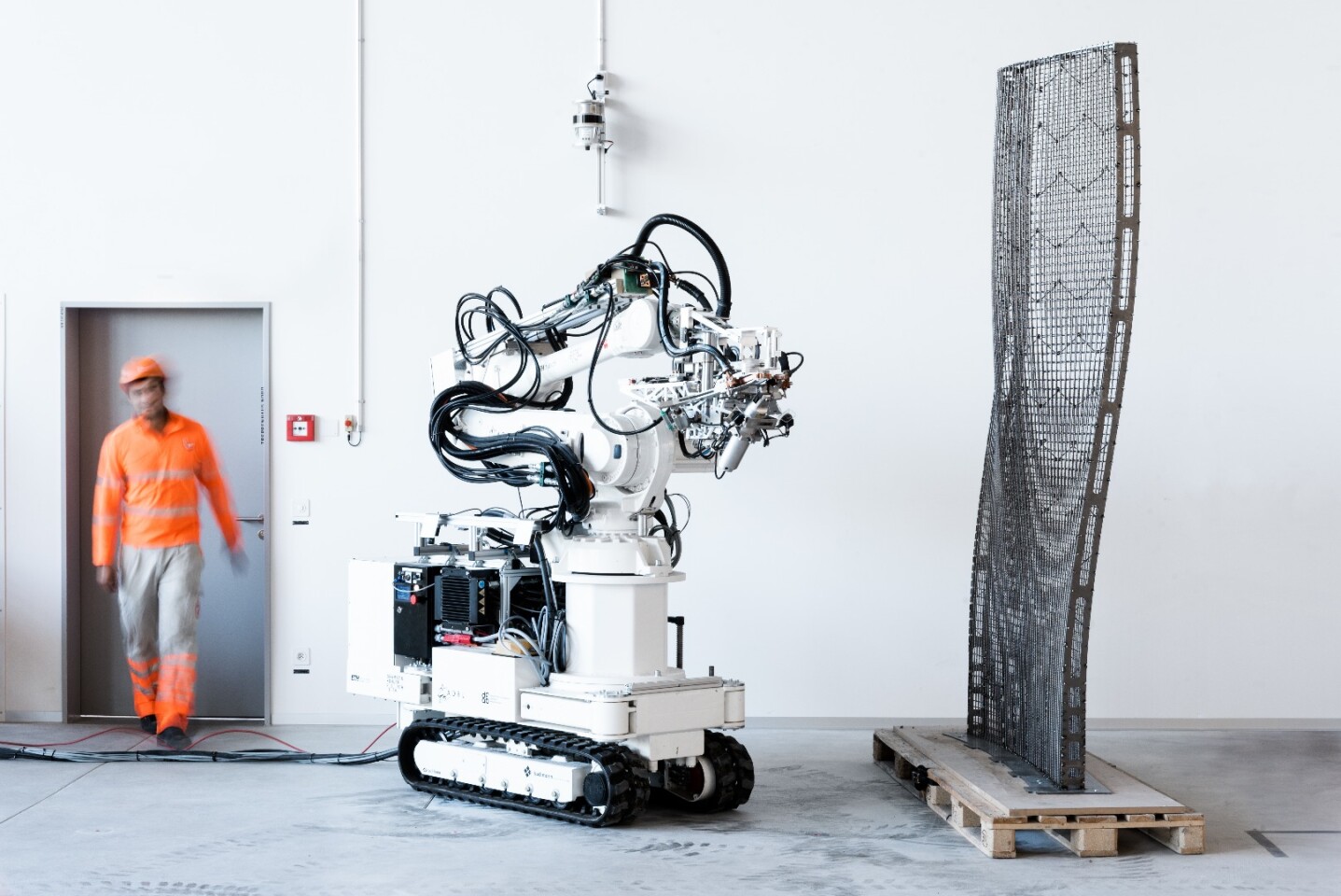We've seen quite a few building projects recently that make use of robots or 3D printing tech, or both, but a bunch of professors from ETH Zurich are attempting to make the whole design and build process digital. Once constructed by robots, the three-storey DFAB House will be used to test smart home technologies.
The DFAB House is being developed at the NEST building in Dübendorf, near Zurich in Switzerland, by architects, robotics specialists, materials scientists, structural engineers and sustainability experts from ETH Zurich, together with industry partners including contractor Erne AG Holzbau. The three-storey home will be designed, planned and built using (mostly) digital techniques in an attempt to put a number of new lab-based technologies to real-world use.
"Unlike construction projects that use only a single digital building technology, such as 3D printed houses, the DFAB HOUSE brings a range of new digital building technologies together," said ETH professor Matthias Kohler. "This allows us to use the advantages of each individual method as well as their synergies, and express them architecturally."
Construction of the DFAB House has already started, with components being manufactured on site. It will have a total floorspace of 200 m2 and will be used as a residential and working space for guest researchers and NEST partners. Completion expected this time next year.

The ground floor walls are being fabricated by a 2-meter (6.6 ft) tall robot with a mesh mold toolhead and then filled with concrete. The machine moves autonomously along on caterpillar tracks, using the toolhead to bend and weld 6 mm steel rebar to construct the mesh wall framework. The wall structure is then filled with a special concrete formulation that hardens without leaking through the gaps. The end result is a curved wall that can support a ceiling produced using a 3D sand printer and the floors above.
A ground floor facade will be produced using a new slipform construction method called Smart Dynamic Casting, where complex structural elements can be constructed without the need for concrete molds. The upper floors will be made up of prefabricated timber elements assembled by a team of robots.
Once ready to move in, the DFAB House will be used as a test bed for a host of smart home and IoT technologies, including systems that communicate with, and learn from, each other and energy control systems.
You can see the robot fabricator building a double-curved mesh wall in the video below.
Source: ETH Zurich









